Lego Exhibits Life-Size Moonwalker Model at Apollo 50 Festival
Buzz Aldrin's spacesuit has gone to pieces.
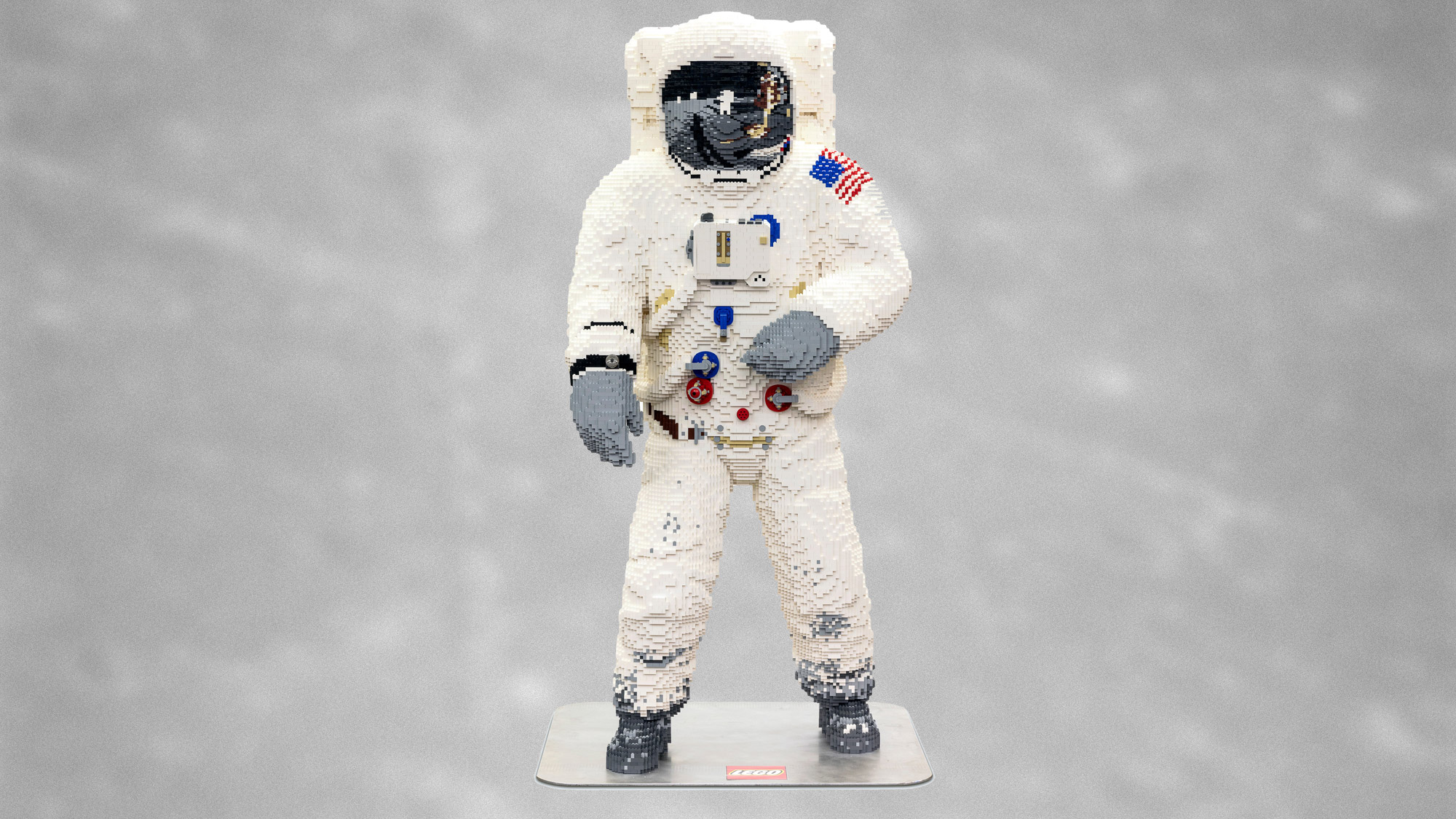
Buzz Aldrin's Apollo 11 spacesuit has gone to pieces. Lego pieces, that is.
In celebration of the 50th anniversary of the first moon landing, a team of Lego Master Builders spent nearly 300 hours designing and building a life-size model of the lunar module pilot and the iconic A7L spacesuit that he wore on July 20, 1969 at Tranquility Base. Built from 30,000 Lego bricks, the model debuted to the public on Thursday (July 18) at the Apollo 50 Festival hosted by the Smithsonian and NASA on the National Mall in Washington, DC.
"For nearly 20 years, NASA and Lego Group have collaborated on projects to inspire the next generation to imagine and build their future in space," said Bettina Inclán, NASA's associate administrator for communications, in a statement issued by Lego. "Our latest efforts celebrate the incredible feats we achieved during Apollo 50 years ago."
Related: Lego's Epic Apollo 11 Lunar Lander Set in Photos!
- Relive the Apollo 11 Moon Landing Mission in Real Time
- Apollo 11 Moon Landing Giveaway with Simulation Curriculum & Celestron!
- Apollo 11 at 50: A Complete Guide to the Historic Moon Landing
The model, which stands 6 feet, 3 inches tall (190.5 centimeters), uses 10 different colors of Lego bricks to replicate the spacesuit's details, including red and blue for the anodized aluminum connectors and gray for the lunar dust that was picked up while walking on the moon. The model also reproduces the reflection in Aldrin's visor showing the lunar module Eagle, the American flag and mission commander Neil Armstrong.
In addition to viewing the completed spacesuit model, Lego is also inviting the public to help build another large-scale project during the four-day Apollo 50 Festival. Attendees can assist in the construction of a 20-foot-tall (6-meter) model of NASA's Space Launch System (SLS), the space agency's rocket being built to fly the next crews to leave low Earth orbit.

"Under our new Artemis lunar exploration program, NASA will send the first woman and next man to the moon by 2024 and then we will get ready to take our next giant leap human missions to Mars!" said Inclán.
Breaking space news, the latest updates on rocket launches, skywatching events and more!
The Lego display at the Apollo 50 Festival also offers the public the chance to take photos with Lego brick-built mosaics of the moon and Mars.
The activities kick off a month of worldwide events organized by Lego to inspire the next chapter of space exploration, informed by the results of a global survey of children aged eight to 12 years old.
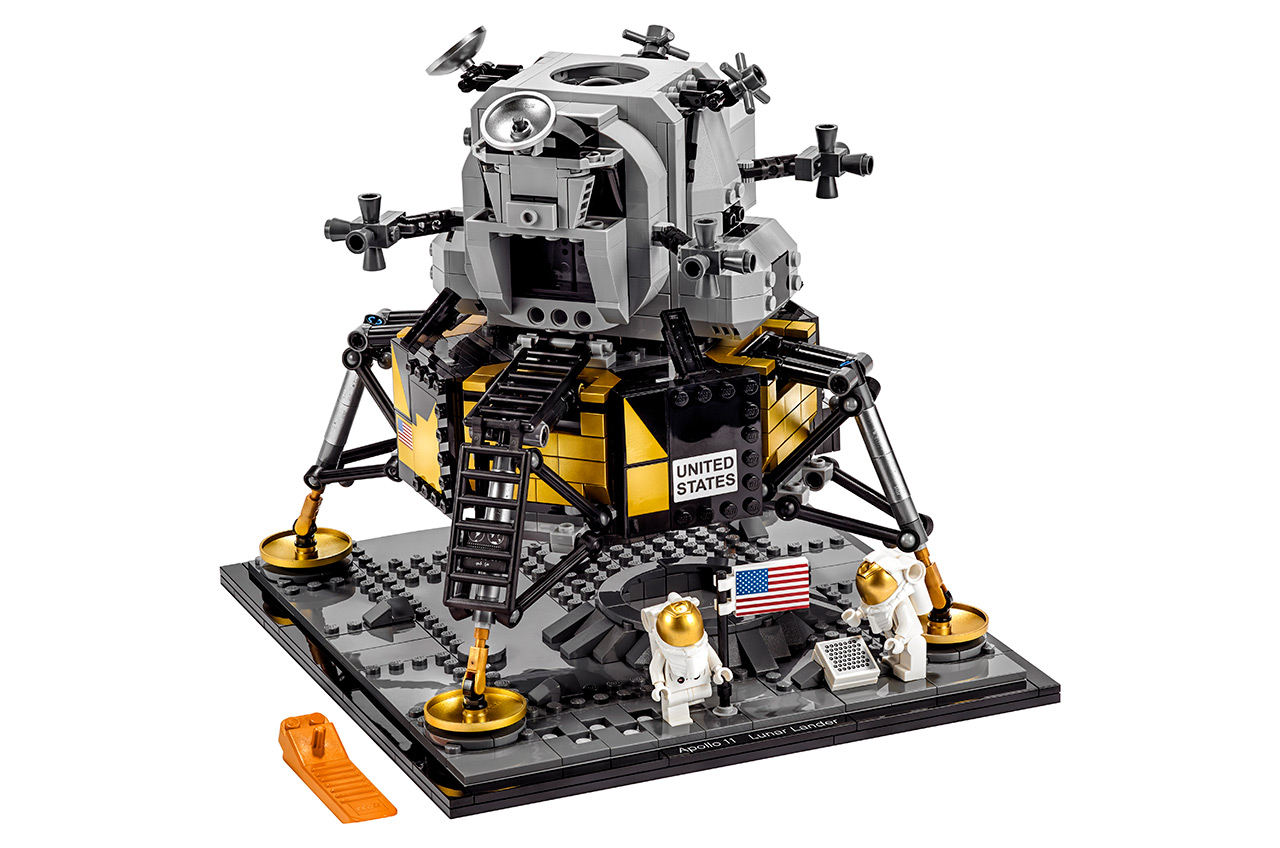
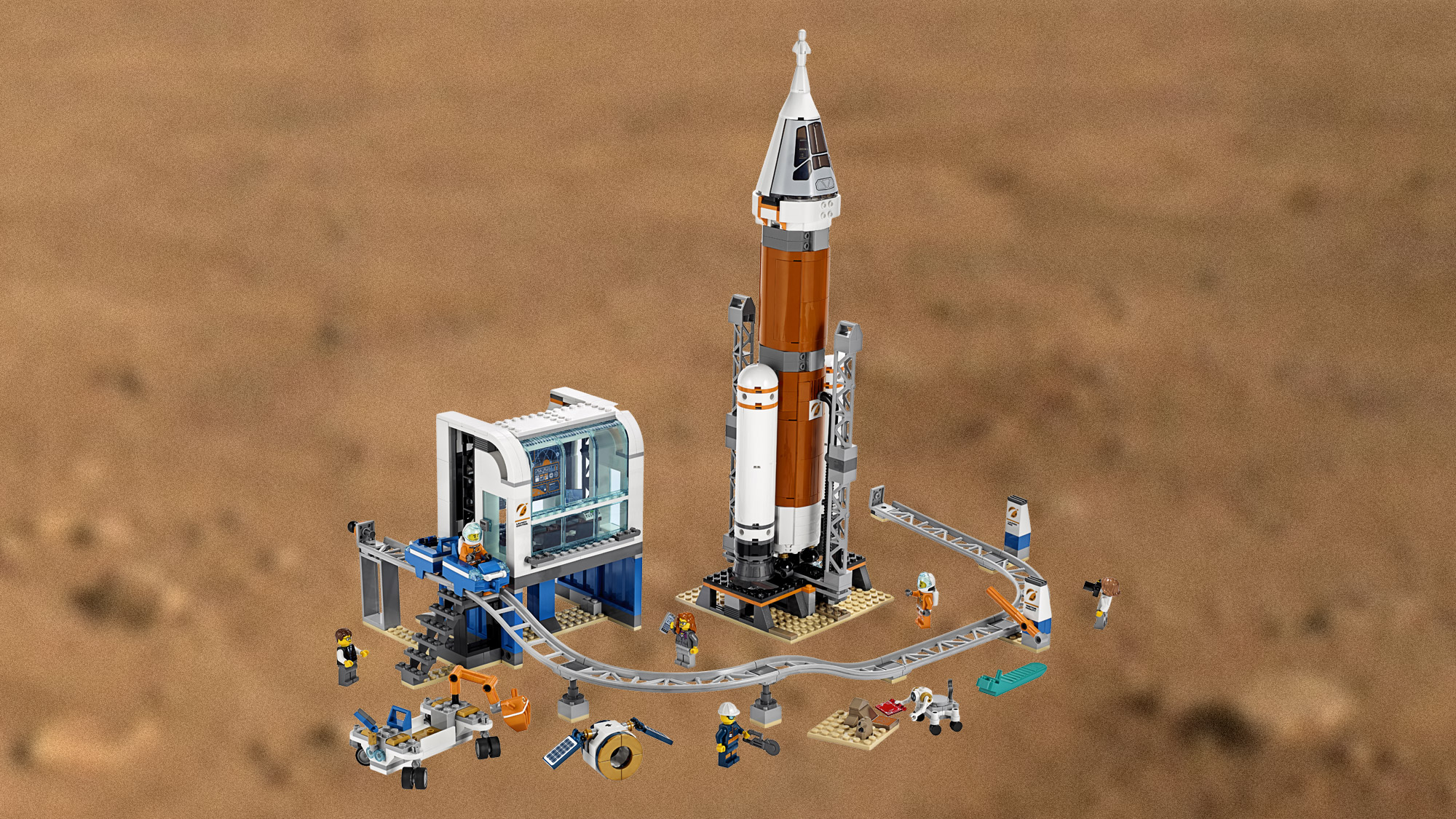
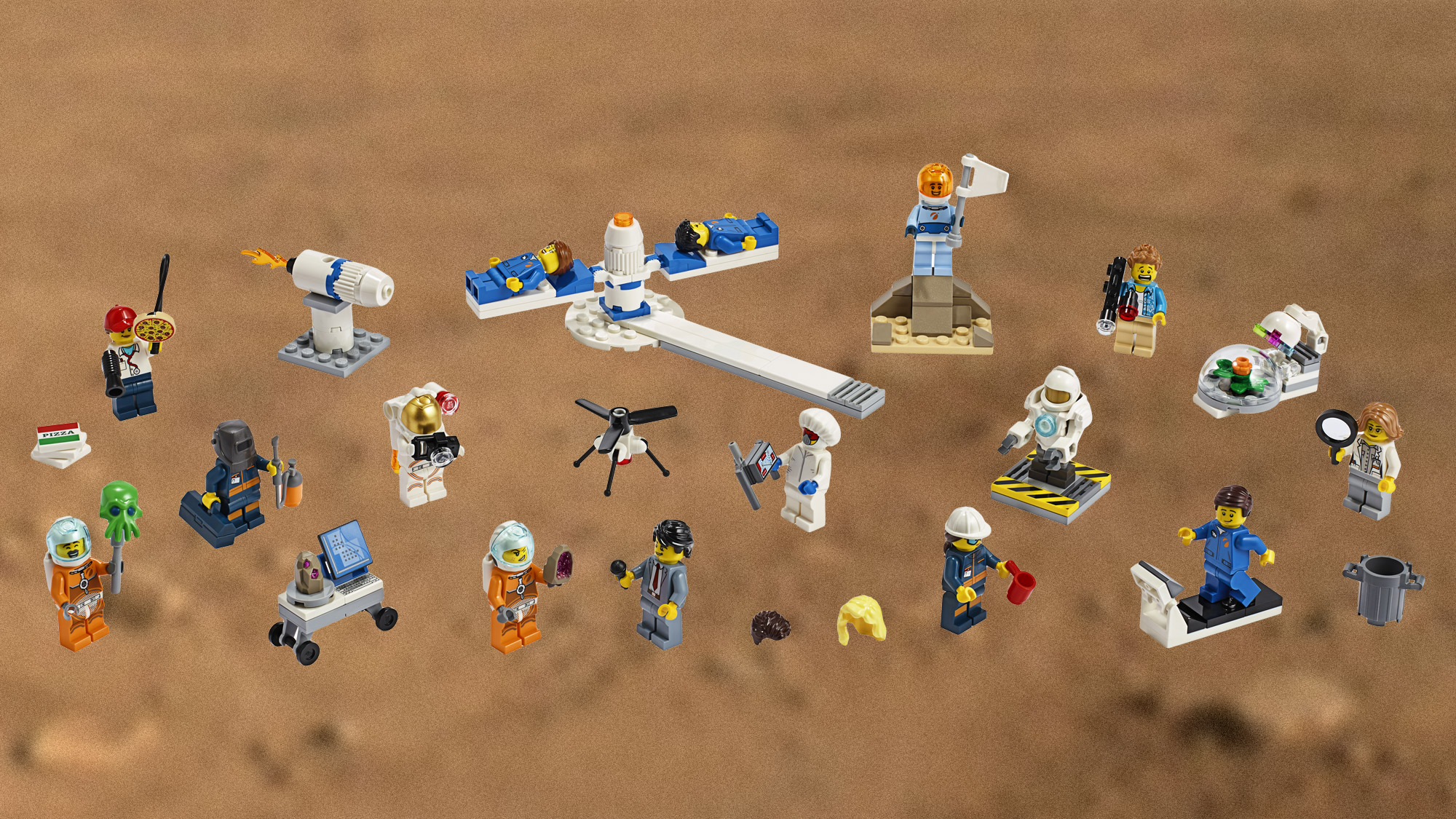
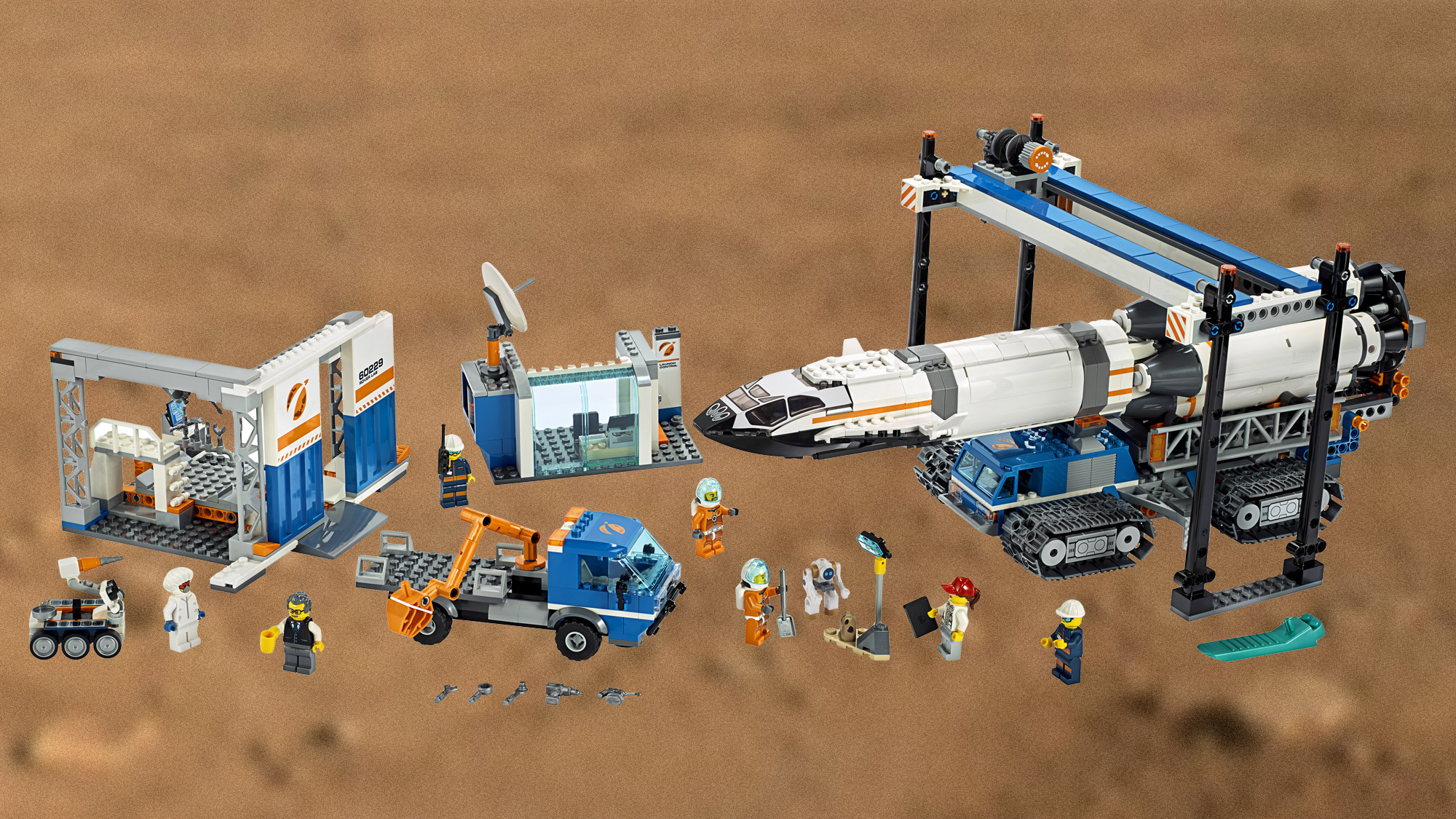
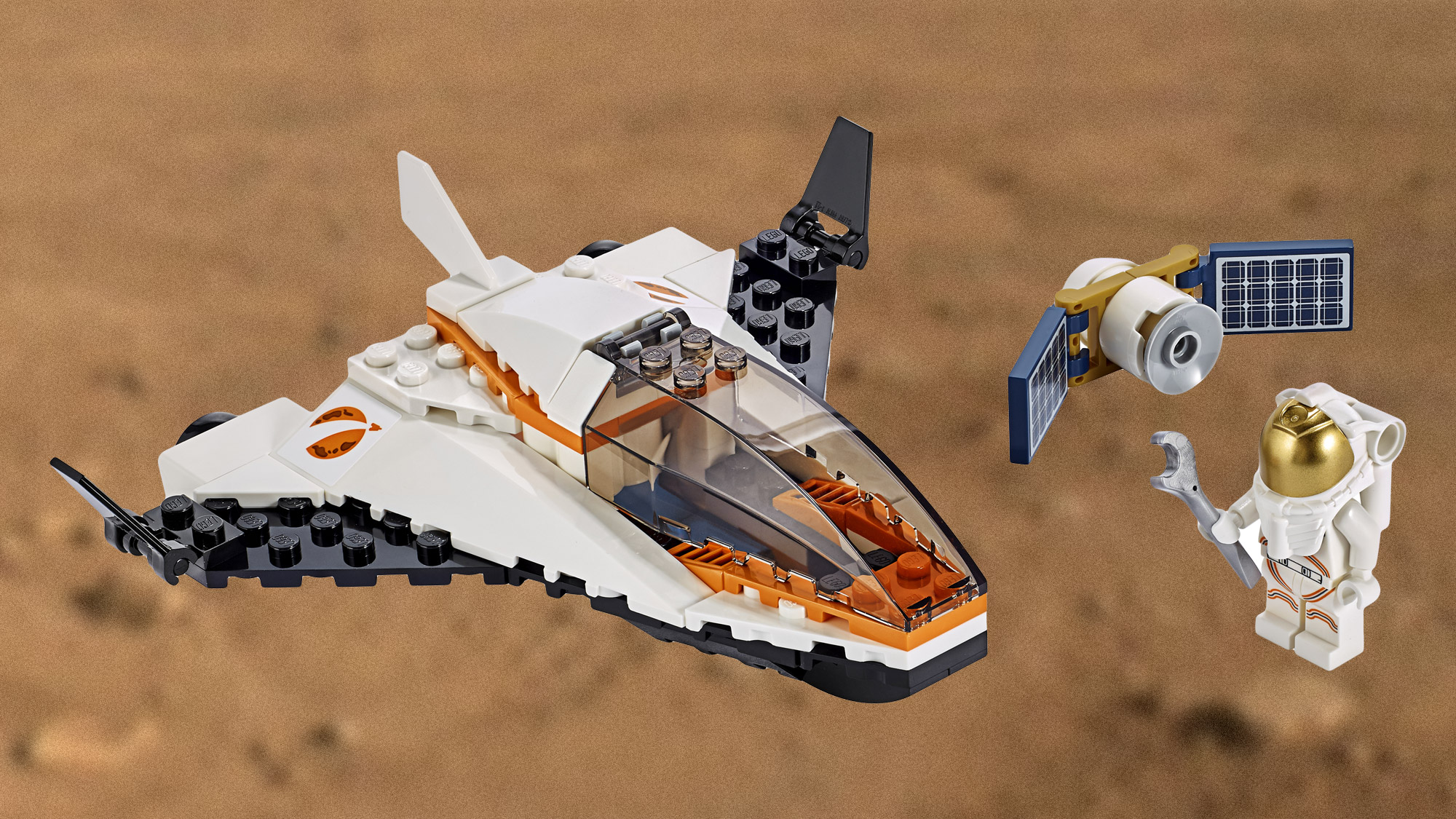
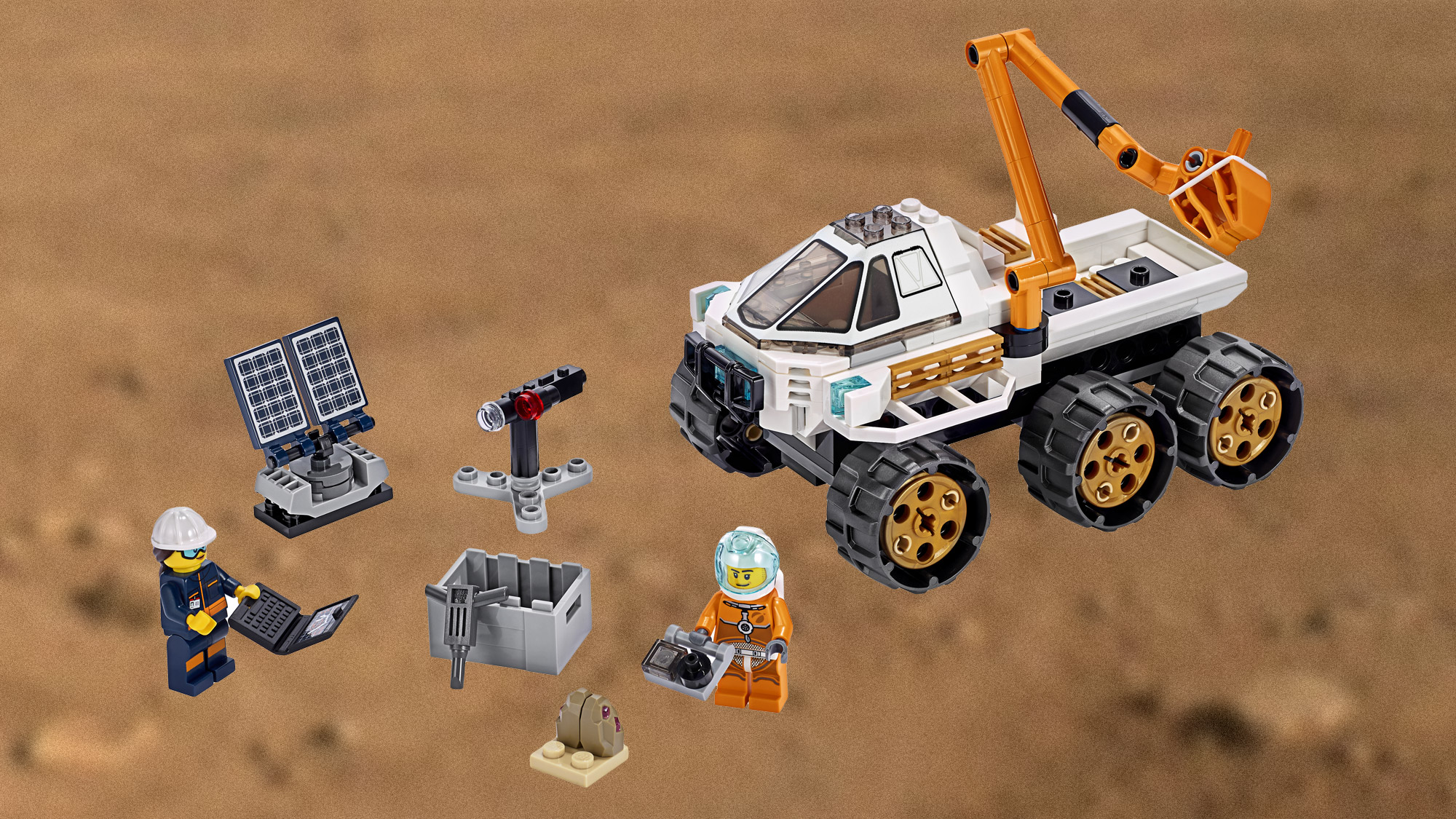
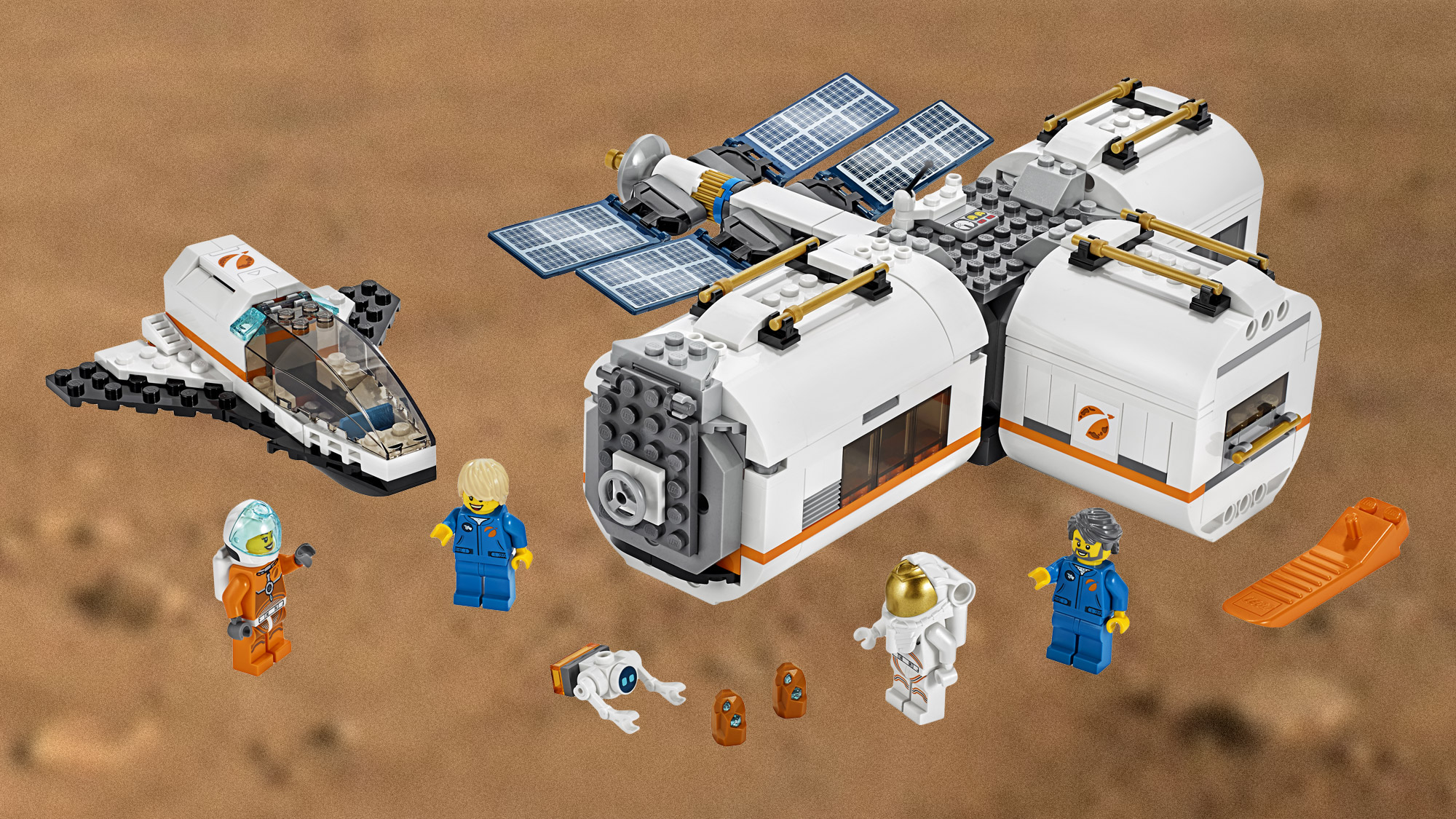
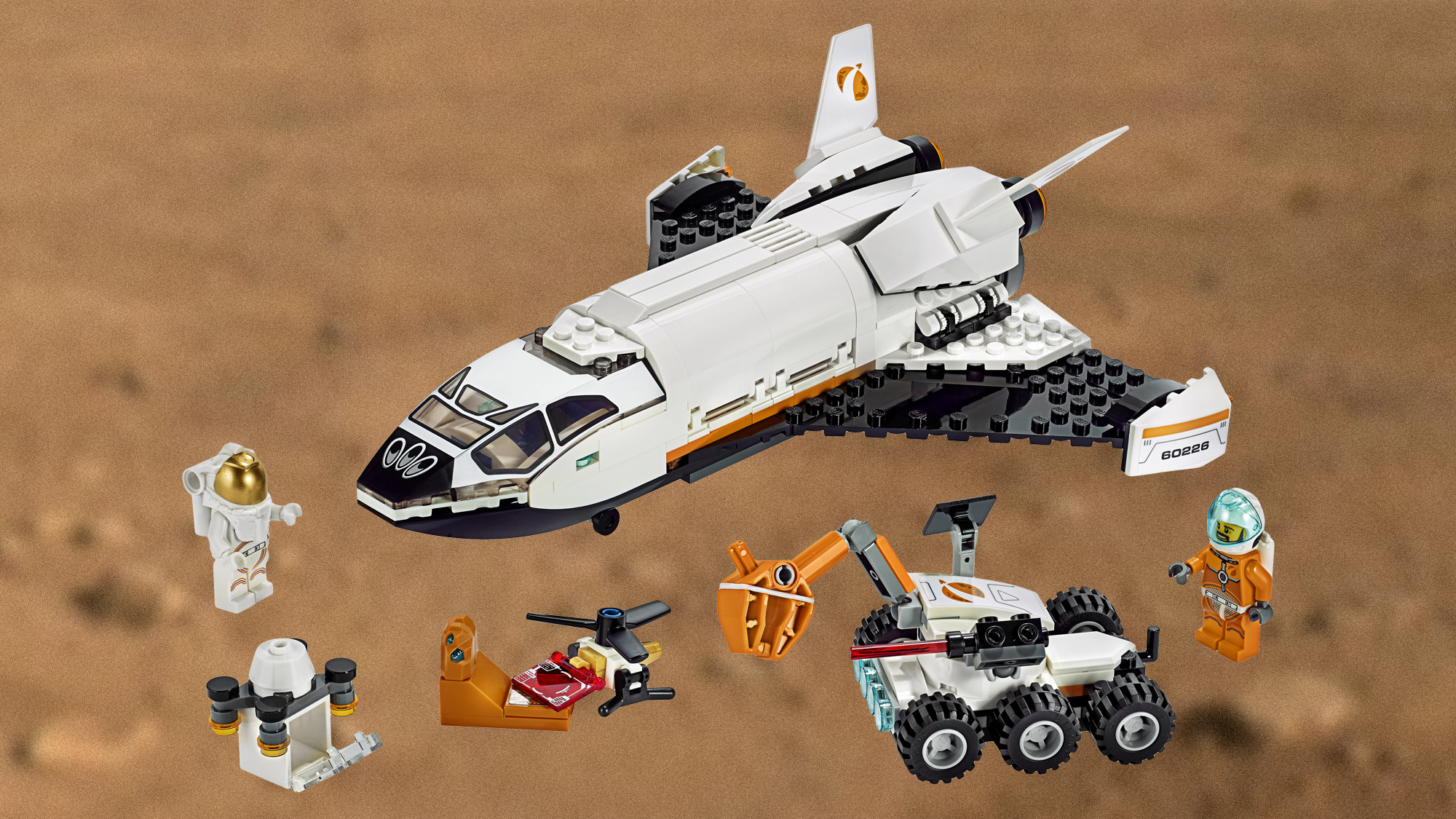
According to a Harris Poll/Lego survey conducted in the United States, United Kingdom and China, most kids (88% in the US, 87% in UK, 79% in China) can identify Neil Armstrong as the first person to walk on the moon when presented as a multiple choice question. Nearly all children aged eight to 12 from China (97%), US (88%) and UK (87%) envision a human going to Mars in the future.
"We are thrilled that children continue to be interested in space exploration and can't wait to witness their 'small steps' and 'giant leaps' in decades to come," said Michael McNally, senior director of brand relations for Lego Systems, Inc. "For 40 years we have offered creative play opportunities designed to foster children's interest in space exploration."
Beyond the Apollo 50 Festival, Lego is also honoring the moon landing by the display of one of the tallest Lego rockets ever assembled in Canada. From now through Sept. 2, the Ontario Science Centre will exhibit the model, which stands more than 11 feet tall (3 meters) and is built from more than 80,000 bricks. The towering rocket features built-in lights, sound and a fog machine for a smoke effect that gives the appearance the rocket is blasting off.
Lego also recently released a new collection of building sets inspired by NASA's designs for exploring the moon and Mars.
Related: New Lego Space Sets Take Kids to Mars, Brick by Brick
"Ensuring that building sets, such as the new Lego City Mars Exploration, feature realistic details may further assist kids' understanding of the influence that human space travel has had on their everyday lives and to enable kids to see themselves playing a part in future missions," said McNally.
Click through to collectSPACE to watch a timelapse of Lego’s Apollo 11 astronaut build.
- The Apollo Moon Landings: How They Worked (Infographic)
- How the Apollo 11 Moon Landing Worked (Infographic)
- NASA's Moonwalking Apollo Astronauts: Where Are They Now?
Follow collectSPACE.com on Facebook and on Twitter at @collectSPACE. Copyright 2019 collectSPACE.com. All rights reserved.
Join our Space Forums to keep talking space on the latest missions, night sky and more! And if you have a news tip, correction or comment, let us know at: community@space.com.

Robert Pearlman is a space historian, journalist and the founder and editor of collectSPACE.com, a daily news publication and community devoted to space history with a particular focus on how and where space exploration intersects with pop culture. Pearlman is also a contributing writer for Space.com and co-author of "Space Stations: The Art, Science, and Reality of Working in Space” published by Smithsonian Books in 2018.In 2009, he was inducted into the U.S. Space Camp Hall of Fame in Huntsville, Alabama. In 2021, he was honored by the American Astronautical Society with the Ordway Award for Sustained Excellence in Spaceflight History. In 2023, the National Space Club Florida Committee recognized Pearlman with the Kolcum News and Communications Award for excellence in telling the space story along the Space Coast and throughout the world.

